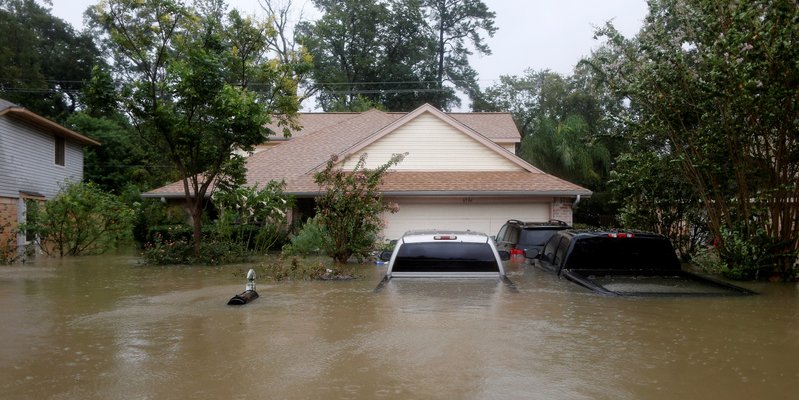Students support hurricane relief
October 12, 2017
As students and families adjust to the start of the school year, not too far from us, families in Texas and South Florida spent the beginning of the school year preparing and recovering from two Category 5 violent tropical storms projected to cost over $40 billion in damage, according to CNN Money. More recently, Hurricane Maria battered U.S. territory Puerto Rico, knocking out power and leaving citizens in the dark for days. Weather phenomenons can cause severe devastation, including damaged homes, cars, small businesses and even injuries to those trying to evacuate. Although hundreds of miles away from tragedy many Chantilly community members have been lending a helping hand.
“When it comes to this kind of situation, you are talking about- in some cases- life and death; people lose everything, so anything we can do as a community to support those in need [can help], starting with the basics: food, gasoline, power, water and clothing,” Principal Scott Poole said.
There are a myriad of ways to aid individuals affected by the natural disasters, such as donating and volunteering with relief organizations, which provide resources to first responders and help aid efforts in response to the hurricanes.
“My dance academy created a fund and all of the students spread the word through social media, and the [donations] were transferred to Red Cross,” junior Reva Rajan said. “Outside their community, [students] can [volunteer] at Red Cross, packing supplies and starting their own [supply drive] at school.”
As Harvey swept through the Houston area, meteorologists discovered Irma and Maria would be making their way through the Caribbean, with Irma eventually traveling toward South Florida. The impact of back-to-back Category 5 hurricanes has been massive, and 106 people lost their lives in Irma and Harvey combined, according to the online publication.
Although natural disasters may disrupt the peace and beauty of a region, they do not stop communities from uniting to help one another find protection and then relief in the aftermath.
“As educators and students, we can become aware of students and families that are impacted and have had to relocate, and we can certainly welcome them with open arms and try to give them a helping hand,” Poole said. “Also, if people know that others care, they [won’t] feel so isolated.”
Although high school students from around the country may find themselves unable to monetarily contribute to disaster relief, some feel being environmentally and politically active in their communities can make a difference.
“In my opinion, donating money to [relief programs] is a one-time thing, and even if we do it for the next 100 disasters, that’s not actually going to help save millions who will be impacted in these coming decades or centuries,” junior and debate captain Kartik Chugh said. “During 2016 Virginia’s local elections, I volunteered for candidates who supported addressing climate change because donating money to relief is important, but unless we have politicians who address the issue of climate change, it won’t prevent [future] disasters.”
While the past few weeks have seen natural disaster after natural disaster, people throughout the country and world have been coming together to help each other and recover from tragedy.


